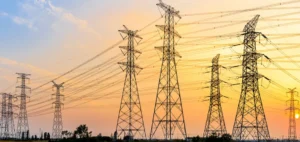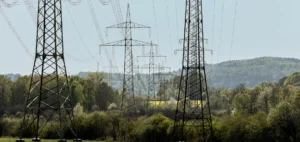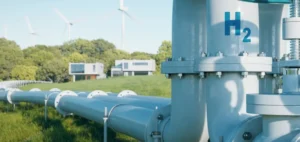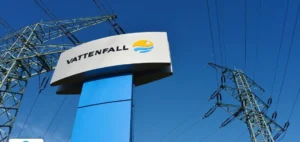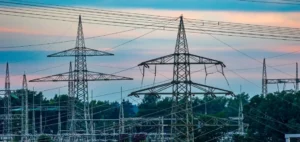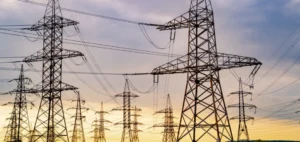Ontario’s Ministry of Energy and Mines has appointed Hydro One Networks Inc. to design and construct a priority 500-kilovolt (kV) transmission line between the Bowmanville Switching Station and the Greater Toronto Area. The project, expected to be in service in the early 2030s, includes a double-circuit line connecting to either the Parkway, Claireville, or Cherrywood Transformer Stations, along with required upgrades at terminal facilities.
Economic partnership with First Nations
Hydro One will build the infrastructure in collaboration with proximate Indigenous communities under its equity partnership model, allowing them to invest in up to a 50% ownership stake in the transmission line component. This structure enables First Nations to hold significant equity in energy infrastructure and is now applied across several key initiatives in the province.
The project is one of three designated as priority by the provincial government under its Integrated Energy Plan. The other two include the reconductoring of the existing E8V/E9V 230-kV line between Orangeville and Essa, expected to enter service in 2027, and a new double-circuit 230-kV line between Lauzon and Lakeshore, scheduled for completion by 2032.
Addressing growing electricity demand
These investments aim to meet the rising electricity demand across southern Ontario. The region is experiencing sustained industrial expansion, notably in agri-food, manufacturing, and energy sectors. The government is accelerating project timelines to ensure power system reliability and integrate future electricity production from small modular reactors (SMRs).
The Bowmanville line will help connect the G7’s first SMR to the grid, with capacity to power approximately 300,000 homes. The overall development is also expected to generate thousands of direct and indirect jobs during both construction and operations, contributing to the province’s economic momentum.
A strategic project for energy independence
Ontario’s energy plan underscores the need to strengthen transmission infrastructure to support industrial growth and anticipate long-term consumption. The network expansion is considered essential to securing supply for the metropolitan region and facilitating new generation capacity.






